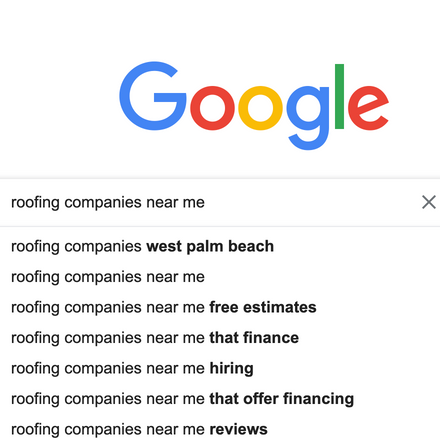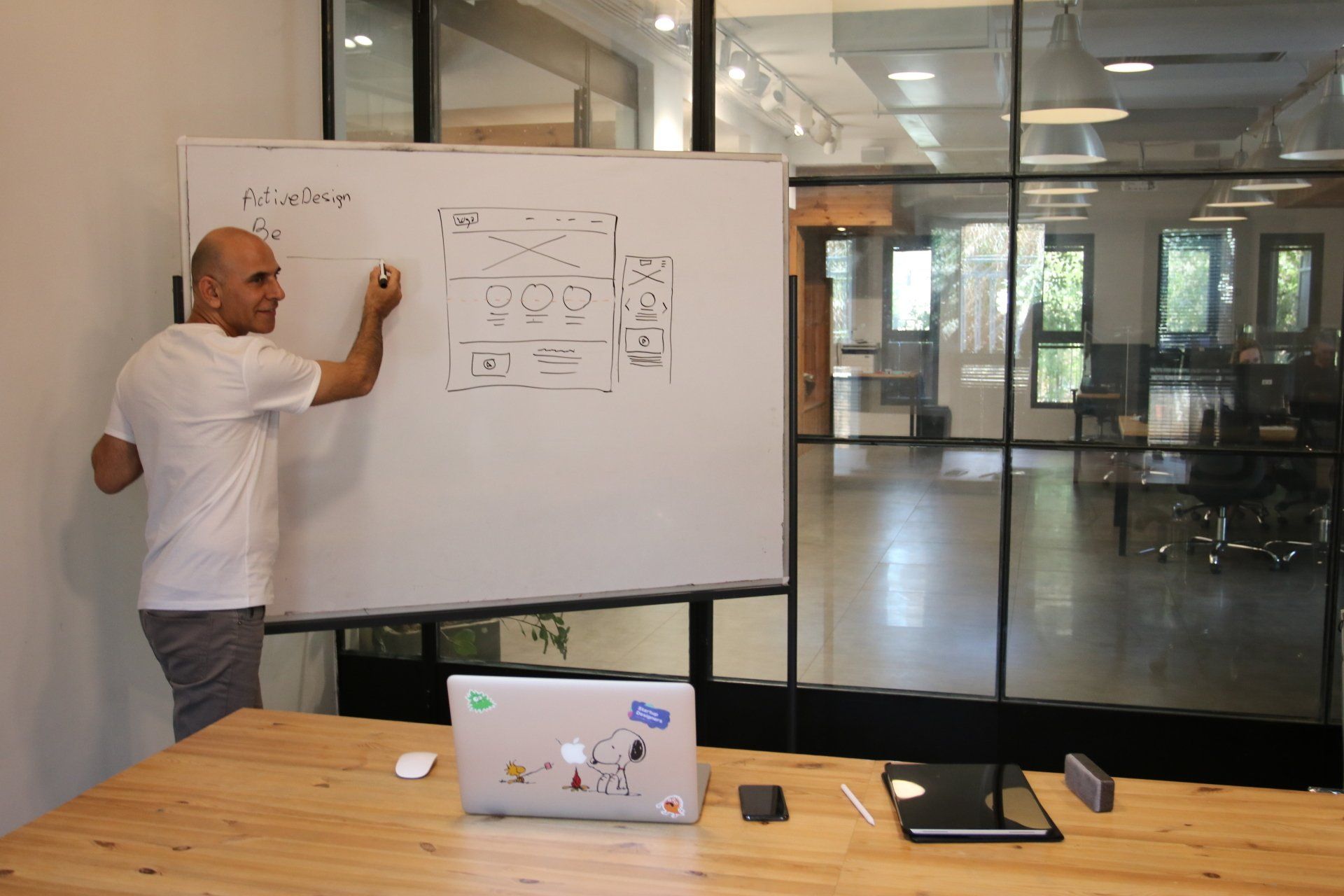The 5 Biggest Vulnerabilities to Your Roofing Company's Reputation
The 5 Biggest Vulnerabilities to Your Roofing Company's Reputation
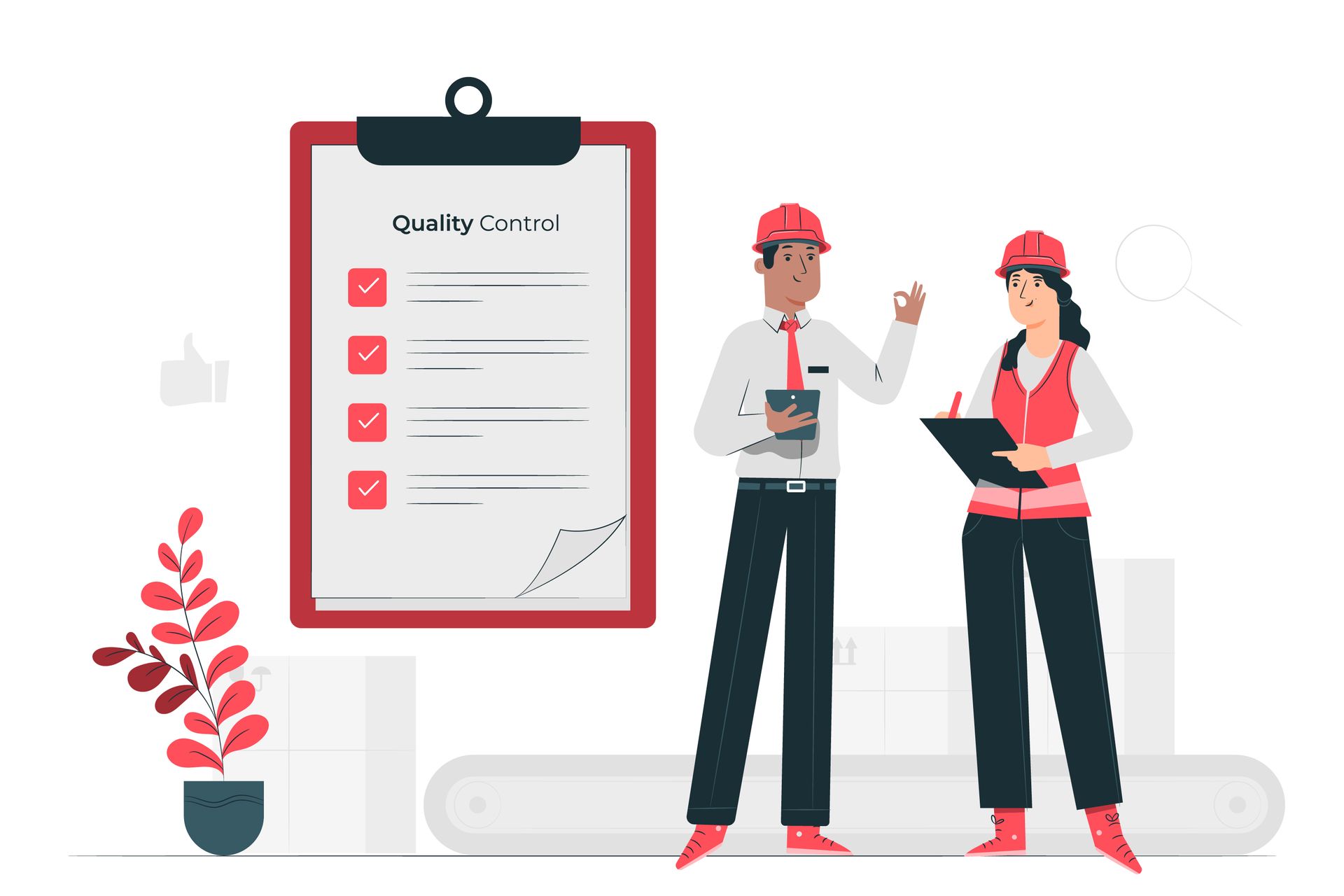
Running a roofing company is tough enough without having to worry about the unseen pitfalls that can knock you off course. Whether it’s external partners or internal challenges, the risks can come from every direction. The good news? With the right approach, you can spot these vulnerabilities before they become bigger problems.
Let’s break down the five biggest areas where your business might be exposed:
1a. Subcontractors
Subcontractors are both a blessing and a headache. On one hand, they take on the most physically demanding aspects of the job and offer an easy way to ramp-up your production capacity during peak season. On the flip side, they’re often outside your direct control. Missed deadlines, inconsistent quality, or even questionable business practices can all fall back on you as the contractor in charge.
To mitigate this risk:
- Establish clear expectations and vet them thoroughly before bringing them on board. - Have a transparent, written agreement that holds them accountable for timelines, quality, and workmanship.
- Do your part to ensure all of the necessary job information is fully and clearly communicated in writing down to the last detail before the job begins.
- Conduct regular quality checks and maintain a direct line of communication with the crew leader to catch issues before they escalate.
1b. Sales Reps
Your sales team is the front line of your business, responsible for bringing in work and representing your brand. But that also means they hold a significant amount of influence over your success—or failure. A misaligned sales rep can promise more than you can deliver, set unrealistic customer expectations, or fail to close deals that should have been easy wins. Not to mention that one of the most common paths to starting a roofing company is by first being a sales rep, meaning you risk an ambitious rep taking your customers with them.
What can you do?
- Regularly train and align your sales team on what the company can realistically deliver, emphasizing clear communication with prospects.
- Develop a system for tracking and reviewing performance, ensuring that reps are following up properly and closing deals within your ideal customer profile.
- Keep the team connected to operations so they understand the challenges your crew faces and can sell with more precision.
- Establish a relationship between your customer and your operations team. Don't let your sales rep be the only person they interact with at your company.
3. Material Vendors
Vendors often play a silent but critical role in your ability to deliver quality work. Late deliveries, price hikes, or fluctuating material quality can set your entire schedule back and hurt profitability. And in a market where supply chain disruptions are more frequent, it’s vital to manage these relationships strategically.
Here’s how to protect your business:
- Build relationships with multiple vendors, so you’re not overly reliant on any single supplier.
- Set up regular check-ins to get ahead of any potential supply issues.
- Negotiate contracts with flexibility and transparency to keep pricing and lead times predictable.
4. Customers
Yes, your customers are the lifeblood of your business, but they can also be one of your biggest vulnerabilities. Unreasonable expectations, payment delays, or poor communication can lead to disputes, bad reviews, or worse—legal action. The key here is to set the tone for a healthy relationship from the start.
To minimize customer-related risks:
- Be clear from day one. Outline your process, set realistic expectations, and confirm everything in writing.
- Establish a reliable payment schedule, making sure there are no misunderstandings about deposits, milestones, and final payments.
- Maintain consistent communication throughout the project to keep customers informed, reducing the likelihood of disputes down the road.
- Know when to walk away. Not every lead is the right customer for your business. Whether it's the scope of the work or a case of clashing personalities, know when and how to professionally decline an opportunity.
5. Insurance Companies
Working in roofing, you know that insurance companies can be both a help and a hindrance. They may cover critical repairs for customers, but dealing with the claims process can slow things down and put strain on your operations. Delays in payments or disagreements over what’s covered can eat into your cash flow and create bottlenecks in your projects.
How to safeguard your business:
- Stay proactive in dealing with insurance companies by maintaining strong relationships and clear documentation for each job.
- Educate your customers on what to expect during the claims process so you’re not left managing unrealistic expectations or sudden frustrations.
- Understand the fine print of common policies and ensure your estimates and timelines are aligned with insurance requirements to avoid disputes.
Conclusion
Your roofing company’s success depends on how well you manage both the internal and external factors that influence your day-to-day operations. Subcontractors, sales reps, material vendors, customers, and insurance companies all play vital roles, but they can also present vulnerabilities if left unchecked. The key is to put the right systems in place, maintain open communication, and continuously evaluate these relationships to ensure they’re working for you, not against you.
By staying ahead of these challenges, you’ll be better equipped to keep your company running smoothly and growing sustainably.


